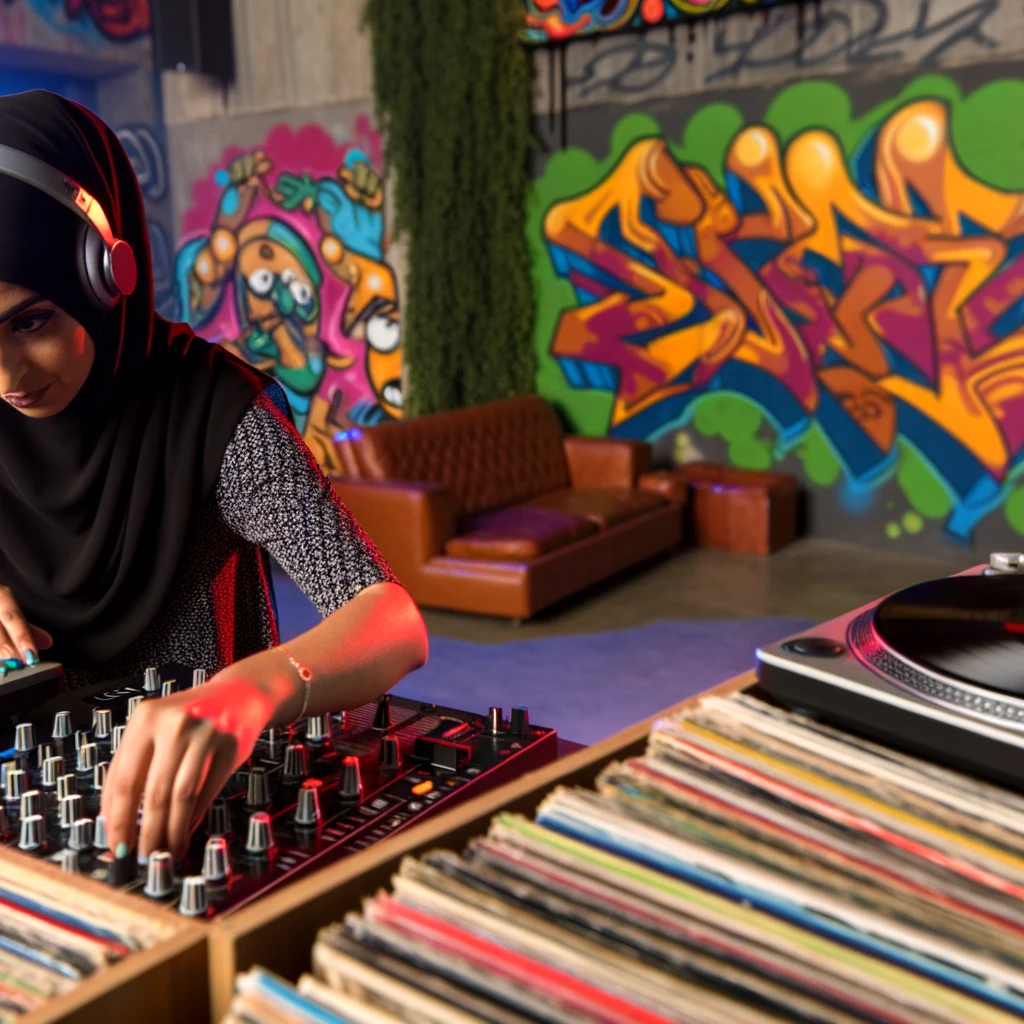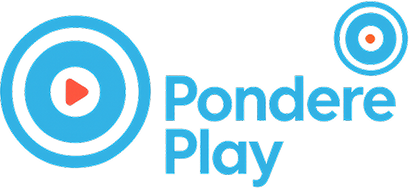
The Indie Music Scene: A Platform for Innovation
The world of music is vast and varied, but few areas are as dynamic and innovative as the indie music scene. Known for its creativity and diversity, indie music provides a unique platform where emerging artists can express themselves freely, without the constraints often imposed by major record labels. This article explores how the indie music scene has become a fertile ground for innovation and artistic growth.
Understanding Indie Music
Indie music, short for independent music, refers to tracks produced independently from commercial record labels. It encompasses a wide range of genres and styles, from indie rock and folk to electronic and hip-hop. The core ethos of indie music is autonomy and artistic freedom, allowing musicians to explore and express their unique voices.
The Rise of Indie Music
The rise of indie music can be traced back to the late 20th century, coinciding with the advent of affordable recording technology and the internet. These technological advancements have democratized music production and distribution, enabling artists to create and share their work with global audiences without needing a major label's backing.
The Role of Technology
Technology plays a pivotal role in the indie music scene. Platforms such as Bandcamp, SoundCloud, and Spotify have revolutionized how music is distributed and consumed. These platforms provide artists with access to worldwide audiences and allow them to retain control over their music, from production to pricing.
Social Media's Impact
Social media platforms like Instagram, TikTok, and YouTube have further amplified the reach of indie artists. Musicians can directly engage with their fan base, build communities, and promote their music in creative ways. This direct interaction has enabled indie artists to cultivate loyal followings and gain exposure that was once only achievable through traditional media channels.
Innovation in Indie Music
Indie music is synonymous with innovation. Artists often experiment with unconventional sounds and production techniques, pushing boundaries and challenging norms. This innovation is not only limited to music production but extends to how music is marketed and performed.
Collaborative Creativity
Collaboration is a hallmark of the indie music scene. Artists often work together, blending different styles and influences to create something unique. This collaborative spirit fosters a sense of community and encourages musicians to support and inspire one another.
Challenges Facing Indie Artists
Despite the many opportunities, indie artists face several challenges. Funding and financial stability can be significant hurdles, as independent artists often rely on limited resources. Additionally, the sheer volume of content available online makes it difficult for new artists to stand out.
Navigating the Industry
To succeed, indie artists must navigate the complex music industry landscape. This often involves balancing artistic integrity with commercial viability, understanding digital marketing strategies, and building a sustainable brand.
Conclusion
The indie music scene is a vibrant and essential part of the music industry. It offers a platform for innovation, allowing artists to experiment and express their creativity without restrictions. As technology continues to evolve, the potential for indie music to influence and innovate will only grow. For music lovers and artists alike, the indie scene remains an exciting space where anything is possible, and new sounds are always on the horizon.
Related Articles





